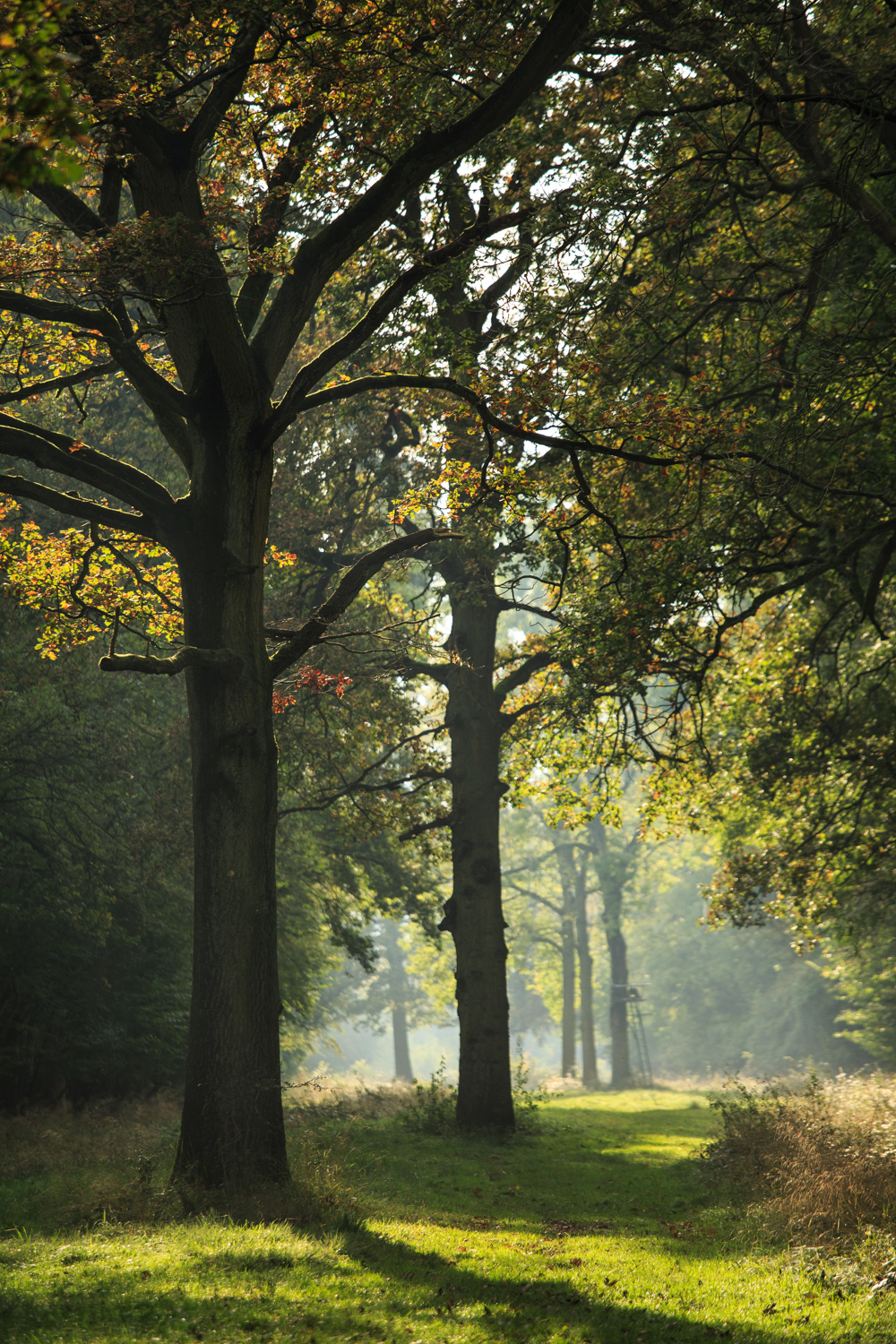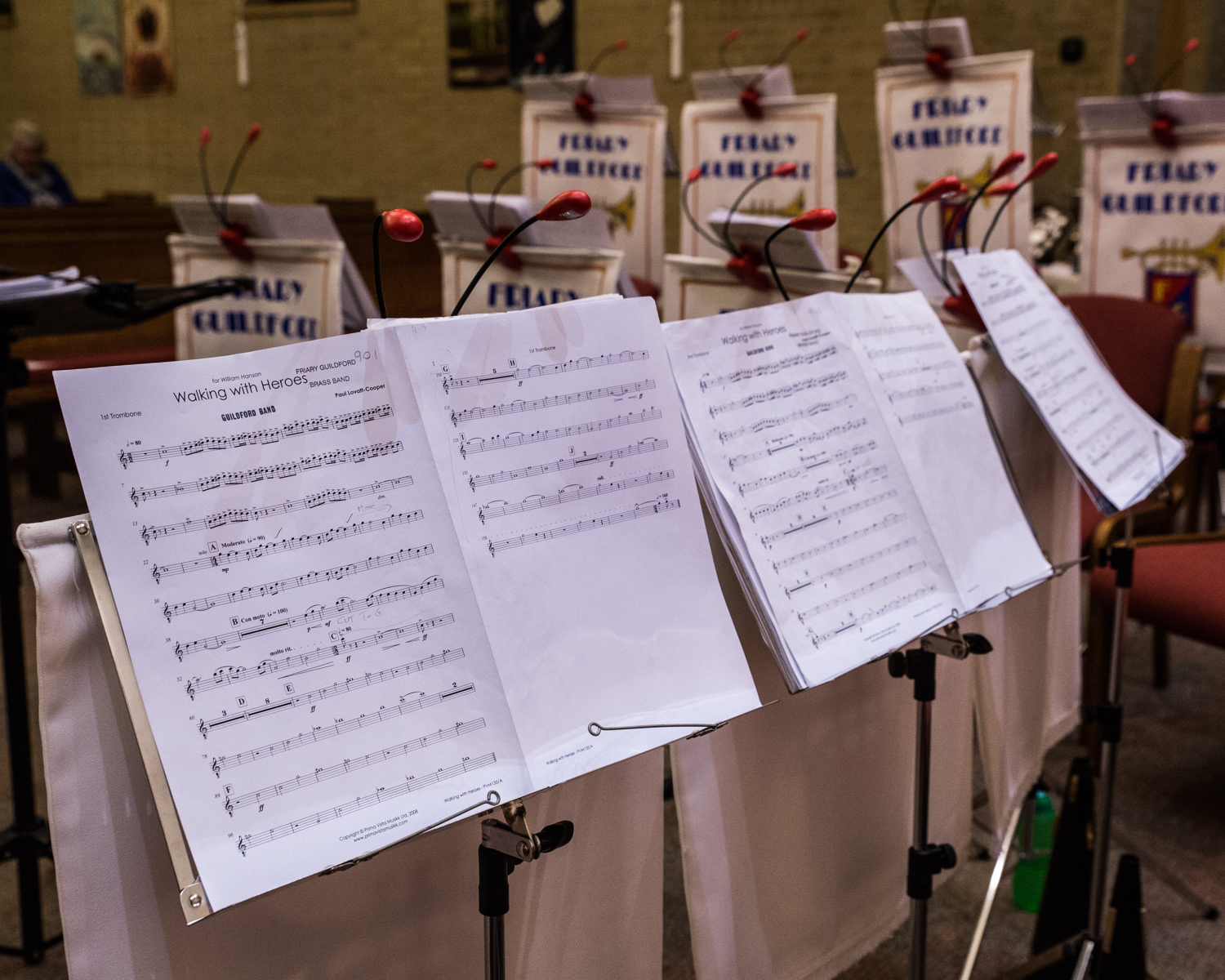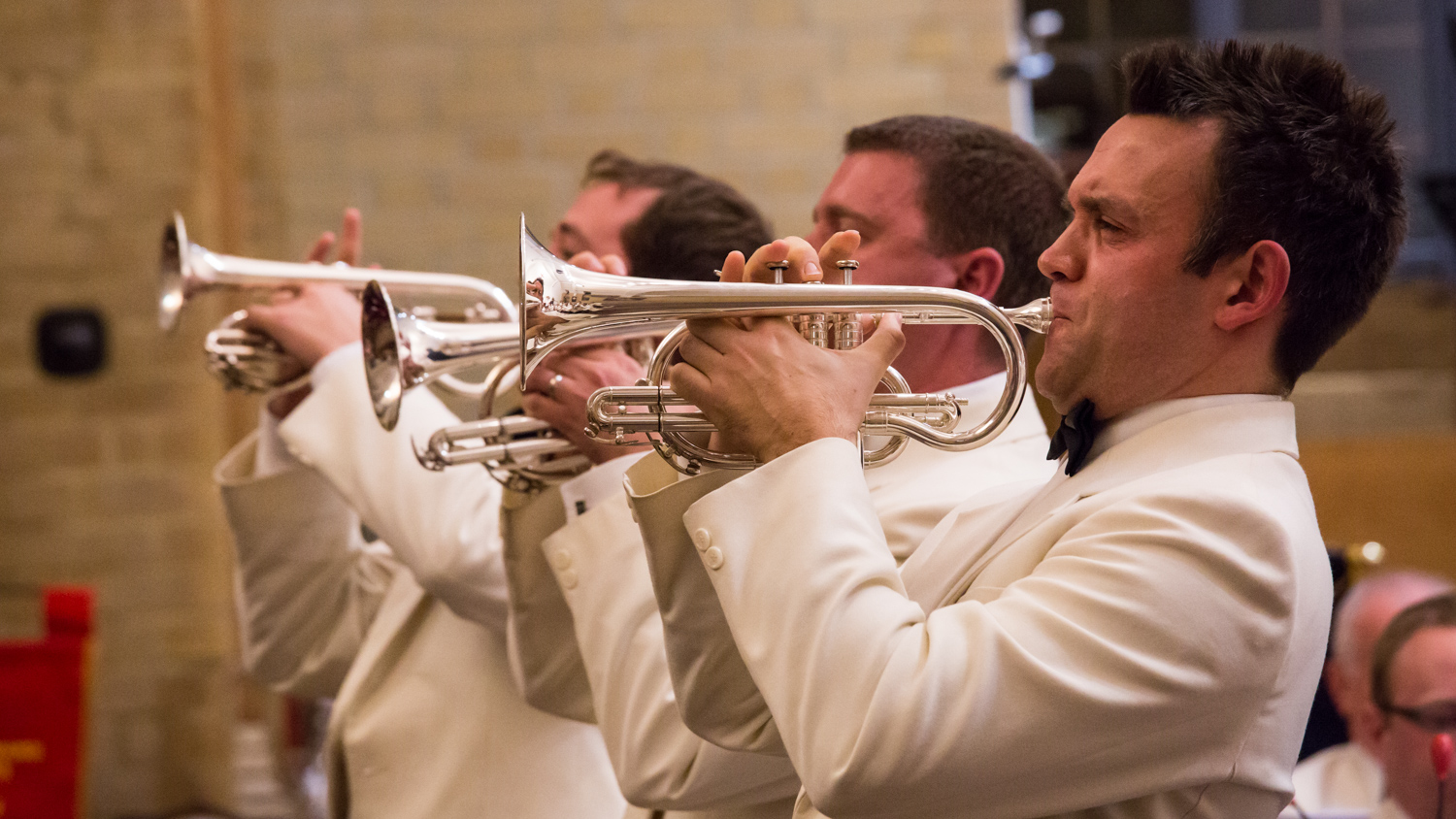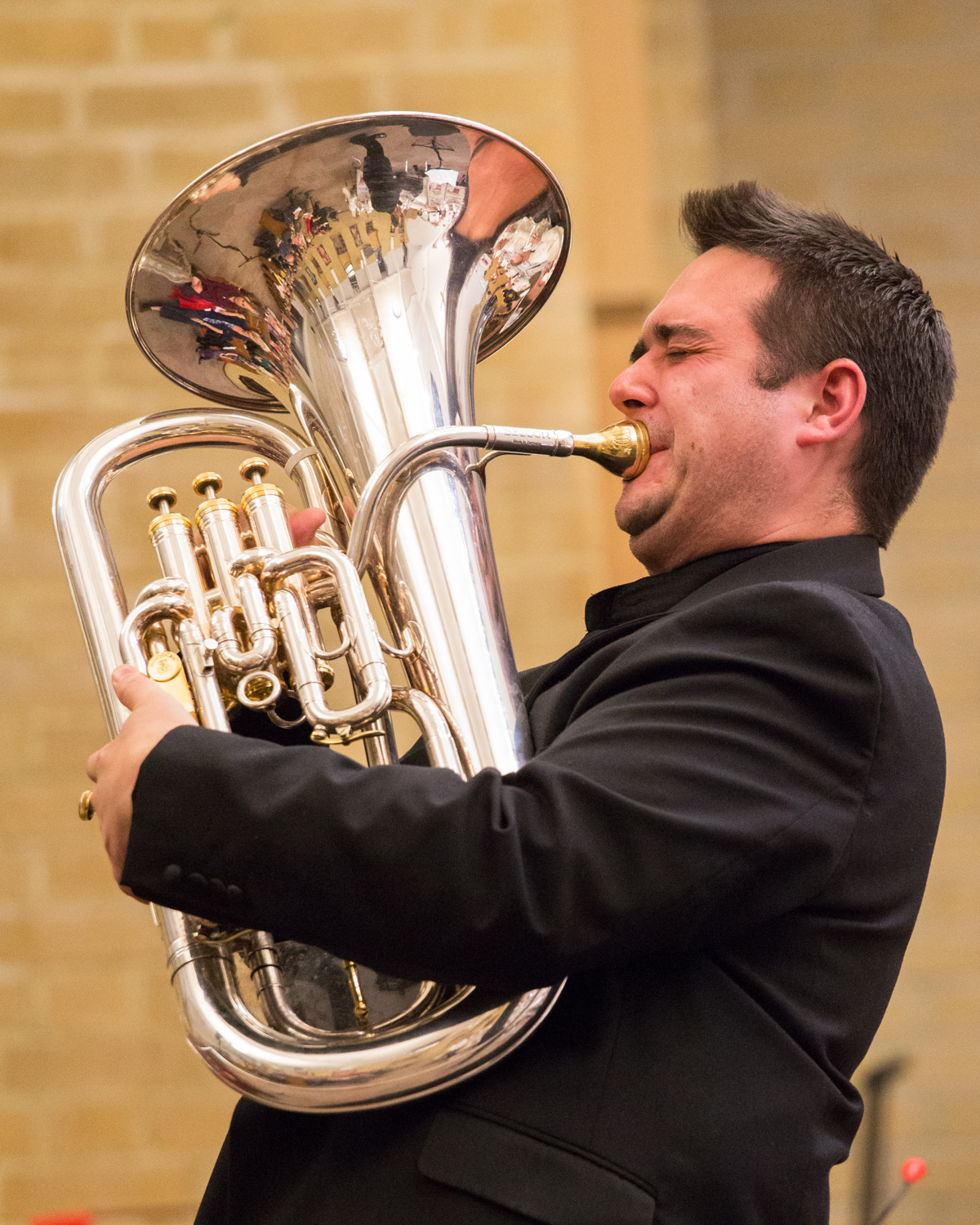As someone who’s spent their entire working life in education of one sort or another, the last few months have given me some fresh things to think about.
For a while now I’ve written photographic education articles here and www.photoblog.com but preparing for my photography workshops has made me think in a different way. Writing for education and actually teaching in person have subtle differences. If you stand me in front of a group of recorder players I can easily think on my feet and come up with multiple ways to help them achieve the best possible performance. After all, this is what I’ve done professionally for the last 25 years. In a written lesson, one can go into things in more depth, explaining technicalities, in the knowledge that students can come back and re-read things again at their leisure.
Education in action during my first workshop
Photography is also something I’ve done for a long while - I received my first camera as a gift way back in 1981. However, for more than two decades I simply pointed my camera in the right direction and hoped for the best - there was absolutely no technical know-how or artistry involved! The turning point for me came with the advent of digital when I got my first camera in 2004.
I quickly realised I could learn from my mistakes much quicker with digital - the LCD screen’s instant feedback meant I could immediately tell if I’d ‘got the shot’. This excited me and I quickly wanted to understand more about the technical side of photography. Gradually I picked up the basics, getting my head around the interaction between apertures and shutter speeds, and learning to actively compose my photos.
Over the years I’ve done lots of reading about photography, listened to what must be days-worth of podcasts on the subject, and been on a few weekend courses. Along the way I started a year long photo-a-day project which I’m still doing now, almost a decade later. But that’s a story for another day... It has taught me is that practice really does make perfect, or closer to perfect at least.
Taking control of my shutter speed enabled me to freeze the action here
My persistence means my skills have improved hugely, and I now have a really good grasp of how to make my camera do what I want rather than accepting what it presumes is correct for a given situation. I think this has put me in a good position to help others do the same.
Meeting the students on my first workshop a month ago, I saw an echo of myself 15 years ago. All were shooting using automatic mode, feeling bewildered by the myriad of settings their cameras offered. Modern cameras are basically small computers, with levels of sophistication that would have been unimaginable even 20 years ago. It’s no wonder it takes a while to get to grips with them!
At that moment I realised I’d been thinking along the right lines during my preparations for the workshop. I’d put myself back in my own shoes, all those years ago, asking myself what knowledge would have helped me to be a better photographer then. My conclusion was a mix of technical know-how and practical tips. So, I thought logically through the things we needed to cover and how to present them in a helpful order.
All along, my aim was to get my students off automatic mode so they could take control of their cameras and produce the pictures they wanted. This meant having at least as basic grasp of how apertures and shutter speeds work. I clearly recalled how I found apertures to be utterly illogical at first. The solution was to come up with a simple way to remember how they worked. In my case this was a rule telling me a small f number gave me very little in sharp focus and a big f number would give me lots of depth of focus. It may not be scientific but it was a simple way to remember cause and effect, which helped me at the time!
Another ‘must teach’ subject on my list was exposure compensation. Modern digital cameras will get things right on auto mode much of the time but they are designed to work best in certain situations. Try shooting a black cat in a dark place (something I often do!) on auto mode and a digital camera will probably give you a photo of a grey cat in a moderately lit place! The solution is to take control of the exposure and tell your camera that you really do want the photo to be dark.
Using some negative exposure compensation helped me ensure this scene came out as dark and atmospheric as my eyes saw it to be
I quickly realised that giving my students all this technical info was all very well but I knew that in the same situation I would struggle to remember everything. A handout was needed. Putting all my thoughts into neat, easily digested bullet points for future reference was helpful to me too, clarifying how I would explain things in person.
So what about the thorny subject of composition? Talking to my students, it was clear that for many of them composition wasn’t something they thought about much. Once again, I saw myself in my youth, aiming my camera blindly, hoping something good would result. As often as not, my horizons were wonky and the subject of my photos were placed slap, bang in the centre of the frame with a lamp post poking out of their head!
From years of self education I now know there are some simple ‘rules’ one can use to create more satisfying photos. It may be the rule of thirds, or something as simple as scanning the frame for unwanted intrusive objects before pressing the shutter button but it’s not rocket science! In time my compositions have become more instinctive but those rules are still there if I need them.
Something as simple as placing your subject can give you a more interesting photo
My inner teacher knew that I needed some examples to illustrate my list of ‘rules’ and I spent a fascinating morning exploring my back catalogue for them. Going back, trying to figure out what was going through my head as I took a given photo was a sobering experience at times!
So have I learnt something through this process? Certainly! It’s made me look at the way I shoot with fresh eyes and become more aware of the times when I’m getting into a rut with my photography. It’s often said that you don’t really understand a subject properly until you have to teach it. It’s definitely been an educational experience for me and I hope my future students will benefit from this too.
I have two more workshops coming up at Hatfield Forest, on 13th June and 25th July. If you’re interested in taking better photos and getting to grips with your camera why not come along? Full details and booking info can be found here.












































